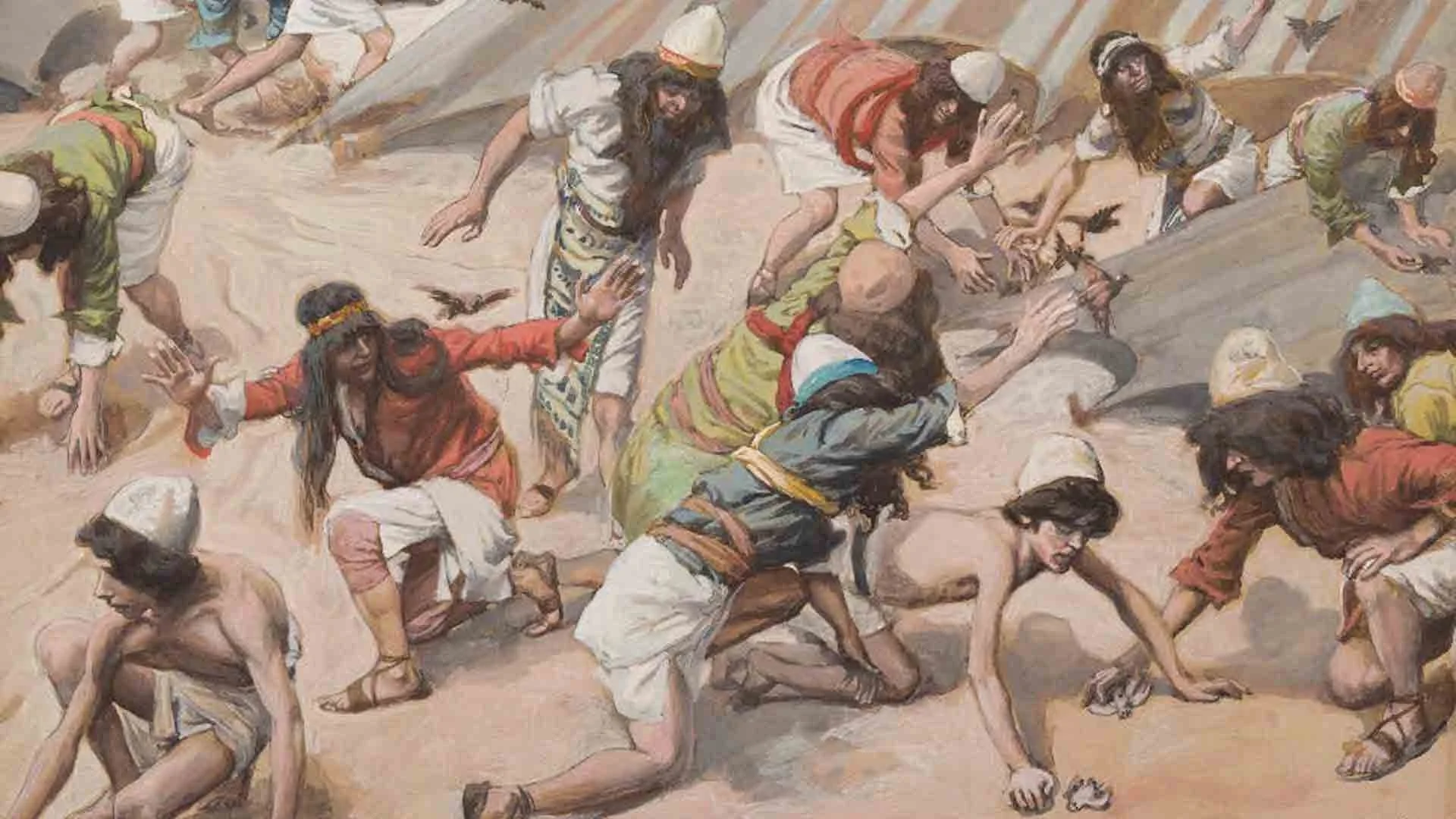For the source text click/tap here: Yoma 86
To download, click/tap here: PDF
As we approach the end of Masechet Yoma, the Gemara turns to the most essential issue of this holy day – the atonement offered by Yom Kippur itself and the teshuva – repentance – associated with this time of year.
In a series of statements of Amoraim praising the attributes of teshuva, two statements made by Resh Lakish (who was, himself, a famous ba’al teshuva) are presented. In one of them Resh Lakish argues (based on the passage in Hoshea 14:2) that teshuva changes zedonot – sinful acts done on purpose – to shegagot – acts done by accident. In the second statement, (based on Yechezkel 33:19) he teaches that through the good offices of teshuva, zedonot are turned into zekhuyot – positive attributes.
To answer this apparent contradiction, the Gemara distinguishes between teshuva that is done because of love – when zedonot turn into zekhuyot – and when it is done out of fear of punishment – when zedonot become shegagot.
We examine the notion of Atonement and Pardon, and the exceptions, most notably Elisha ben Abuya or Acher and why he was refused pardon.
How does Milton Steinberg's account (albeit fictional) differ from the texts we inhabit? (as a Driven Leaf)





















